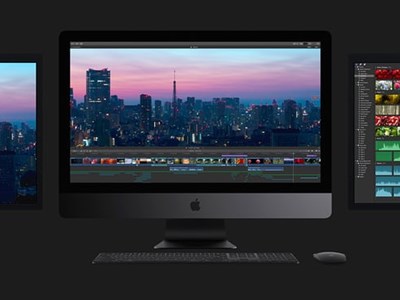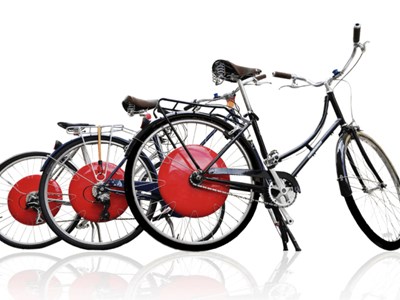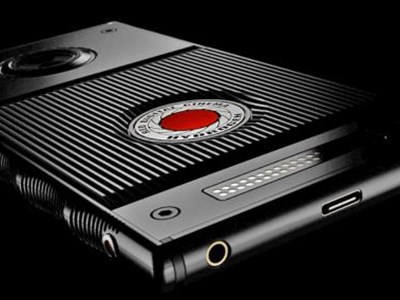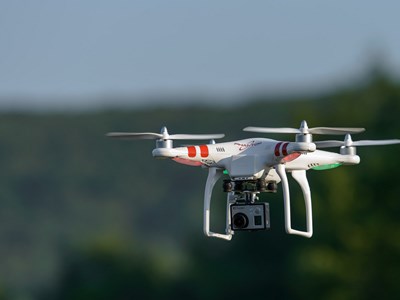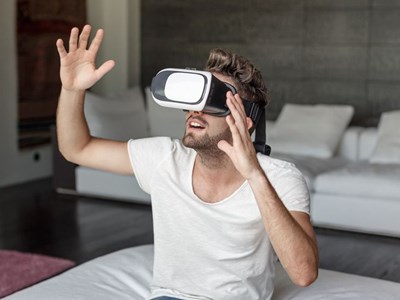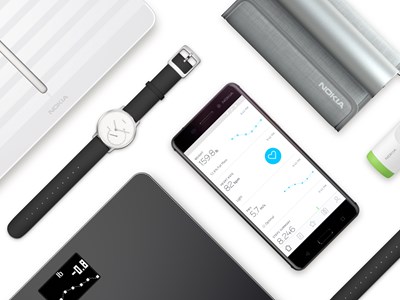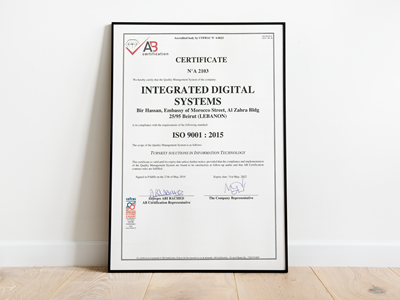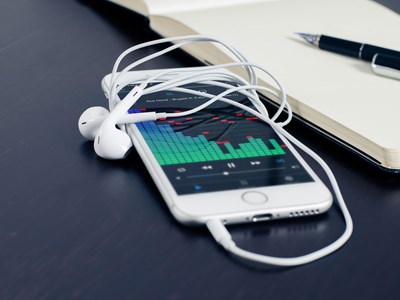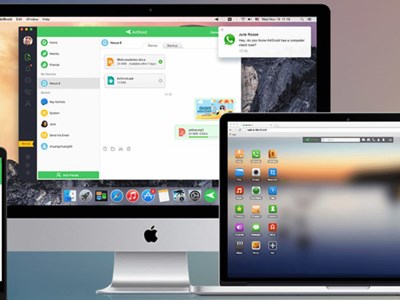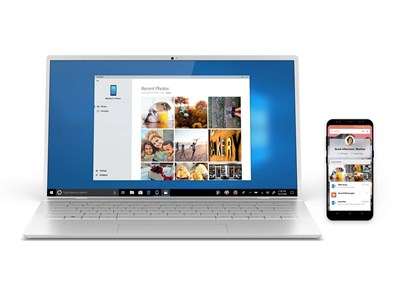Superpedestrian Copenhagen Wheel
Superpedestrian’s robotic bike wheel augments cyclists’ oomph by powering their ride up to 20 miles per hour for over 30 miles. Though it looks like a simple bike wheel, the Copenhagen packs impressive technology inside. An integrated motor powered by a battery provides the giddyup, a wireless sensor connects to smartphones for data crunching, smart-locking hardware makes sure no one makes off with this $1,499 wheel, and regenerative brakes add to the efficiency. Cycling purists might shun the device, but it’s really geared for the increasing number of bike commuters out there. Turns out reinventing the wheel was worth it.
RED Is Making a $1,200 Smartphone with a ‘Holographic Display’
High-end camera maker RED has just announced a premium smartphone called Hydrogen One, and the headlining feature is something the company is referring to as a “holographic display.” A buzzword-filled press release for Hydrogen One says that the 5.7-inch display somehow uses nanotechnology to “seamlessly [switch] between traditional 2D content, holographic multi-view content, 3D content, and interactive games.”
How Drones Raised Privacy Concerns across Cyberspace
With drones flying overhead, apps tracking our every move, and more personal data flowing into cyberspace every second, there is widespread concern about sensitive data and images ending up in the wrong hands.
ThermoReal Lets You Feel Heat, Cold and Even Pain in VR and AR
While some companies are trying to make AR and VR more immersive via haptic feedback, one startup decided to focus on the thermal aspects of the experience. TEGway, a spin-off of the Korea Advanced Institute of Science and Technology, has created a slim, flexible thermo-electric device (or "TED" in short) that can rapidly heat up or cool down, covering a temperature range of 4 to 40 degrees Celsius (39.2 to 104 degrees Fahrenheit). Better yet, it can simultaneously produce both heat and cold in different zones on the same surface, which enables the simulation of a pinch on one's skin to produce pain. Now packaged as ThermoReal, the company is hoping hardware makers will integrate this solution into the likes of joysticks, gloves, haptic suits, chairs and more for a new level of immersiveness.
Nokia Launches New Digital Health Products As Withings Name Fades
Nokia is ready to be a consumer brand again. Of course, to many, it never stopped. Even as its phone business changed hands to Microsoft and then to HMD Global, the Nokia brand never really died. So much so that HMD Global's latest line of phones still bear the Nokia name, despite having nothing to do with Nokia itself. But it was its purchase of Withings that signified Nokia's eventual return to the consumer market. Now, that time is here. As of today, the Withings name will be replaced by Nokia. And, to go along with this transition, Nokia is announcing three new products: A BMI WiFi scale, a soft-cuff blood pressure monitor and a whole new app.


